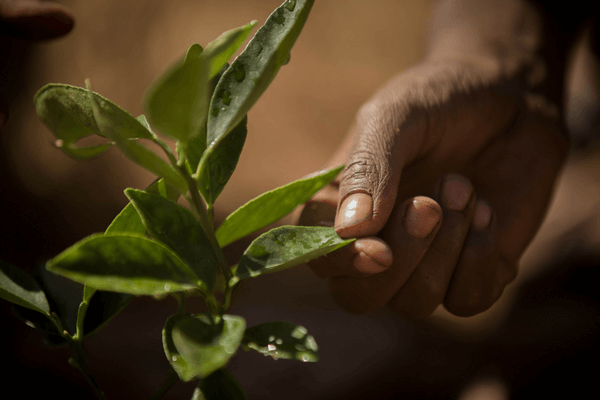The connection between sustainability and permaculture
24
SEPTEMBER, 2018
By Pierre
In what can be described as a period of reawakening regarding environmental consciousness, it is important to make people aware of best practice in minimising our impact. Both sustainable living and permaculture aim to economise our use of resources, be naturally balanced and be respectful of humans symbiotic relationship with the Earth.
Sustainable living is a term that has been used to describe a conscious lifestyle shift in attempt to reduce one’s individual impact on the earth and its resources. This relates to the pillars of sustainability that are seen to be fixable, particularly environmental, social and economic factors.
As an important aspect of sustainability, permaculture ethics are based upon three ideas: care for the earth, care for people and reinvestment of surplus. Permaculture is designed and implemented to be sustainable, because in the process we mimic natural ecosystems in our own approaches to material and waste management. This is not an overly complex experiment but rather the application of common sense and functional design.
“Permaculture principles focus on thoughtful designs for small-scale intensive systems which are labor efficient and which use biological resources instead of fossil fuels. Designs stress ecological connections and closed energy and material loops. The core of permaculture is design and the working relationships and connections between all things.”
– Bill Mollison
Permaculture is Sustainable Itself
Permaculture is basically the study of the design of those sustainable or integrated systems that provide for their own needs as well as for those who oversee them. Permaculture involves using ecology to create agricultural systems that eliminate external inputs and is fuelled by the sun, this cuts the use of fossil fuels in the process of food production. We can use energy to construct these systems, provided that during the lifetime they store and conserve more energy than it took to construct them. Constituents of these systems are species that are arranged in ways which mutually support each other, meaning the waste product of one species or element becomes the input of another.


Permaculture can act as an educational training medium from which to uncover and develop the sort of patterns needed to achieve sustainability. One way permaculture differs from other methods of gardening is that it is not just a set of practical techniques; it is a way of thinking and of adapting to a particular ecology. There are 12 design principles in permaculture. They can be applied to daily life, work and play which will allow us to live happier and healthier, to work more effectively and to create a more sustainable world.
Permaculture can act as an educational training medium from which to uncover and develop the sort of patterns needed to achieve sustainability. One way permaculture differs from other methods of gardening is that it is not just a set of practical techniques; it is a way of thinking and of adapting to a particular ecology. There are 12 design principles in permaculture. They can be applied to daily life, work and play which will allow us to live happier and healthier, to work more effectively and to create a more sustainable world.
Here are the 12 principles:
- Observe and interact.
- Catch and store energy.
- Obtain a yield.
- Apply self-regulation and accept feedback.
- Use and value renewable resources and services.
- Produce no waste.
- Design from patterns to details.
- Integrate rather than segregate.
- Use small and slow solutions.
- Use and value diversity.
- Use edges and value the marginal.
- Creatively use and respond to change.
Today, more and more people are waking to the need and benefit of being sustainable in an attempt to minimise our impact on Earth. Permaculture is merely a model system that seeks to implement the pillars of sustainability in people, planet and profit.
Headerimage by Vegan Liftz
Active Citizen Photo Essay
Photographer Carl van der Linde has created an active citizen photo essay capturing doers from the cape area working towards a better planet.
Eden Festival of Action 2019 : Greenpop and the Local Youth
Through the support of generous funders, we were able to host 43 local students at the Eden Festival of Action 2019. Read more about their experience.
Polyphagous Shot Hole Borer beetle: Everything you need to know
Polyphagous Shot Hole Borer Beetle: Everything you need to know 18 JUNE, 2019 By Hanna Vinckers The Polyphagous Shot Hole Borer beetle poses a significant threat to South Africa’s trees. Since arriving in South Africa in 2017, the PSHB has been responsible for the...
Greenpop Foundation NPC is a registered non-profit organisation. Registration Number (NPO): 151-411 NPO.

